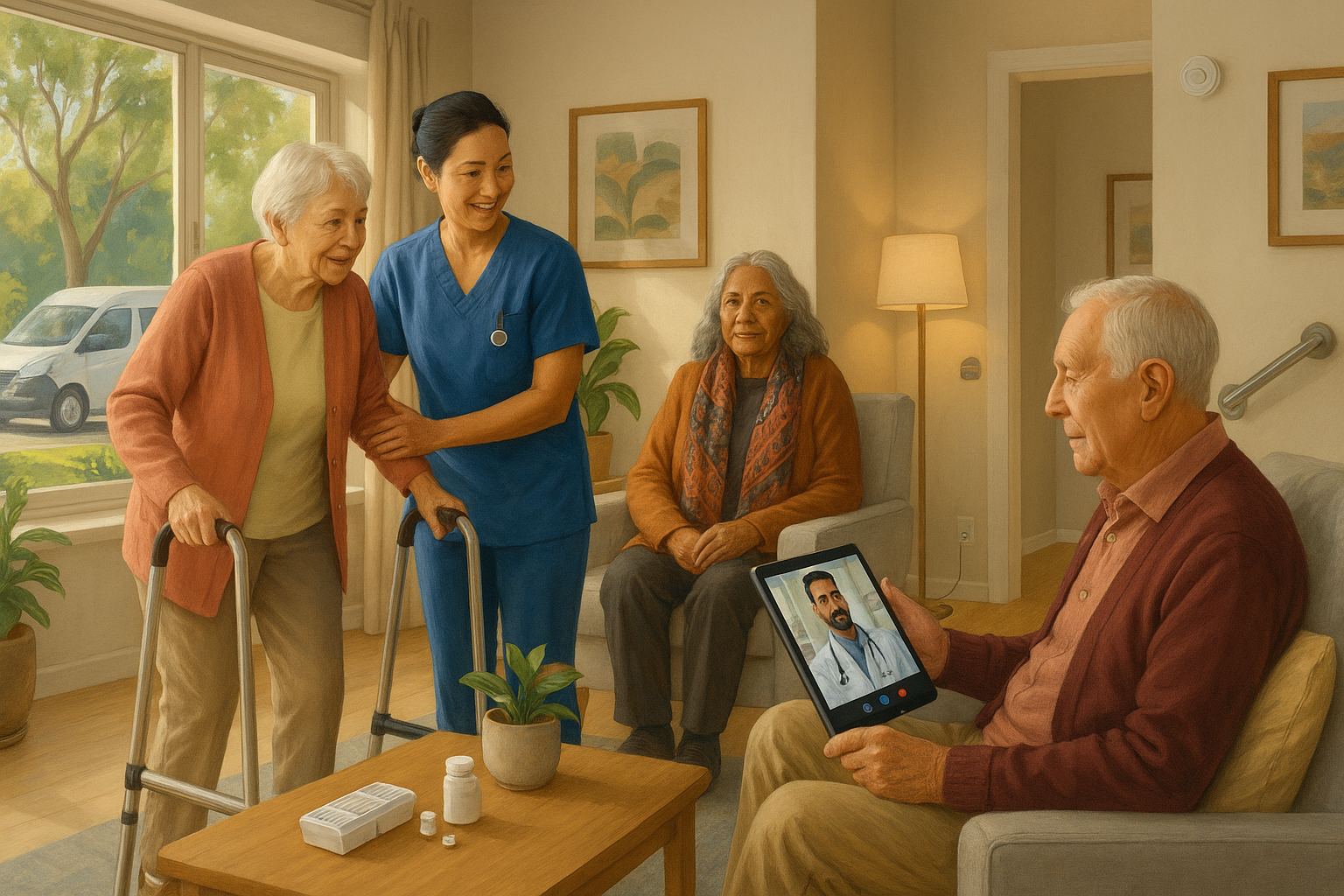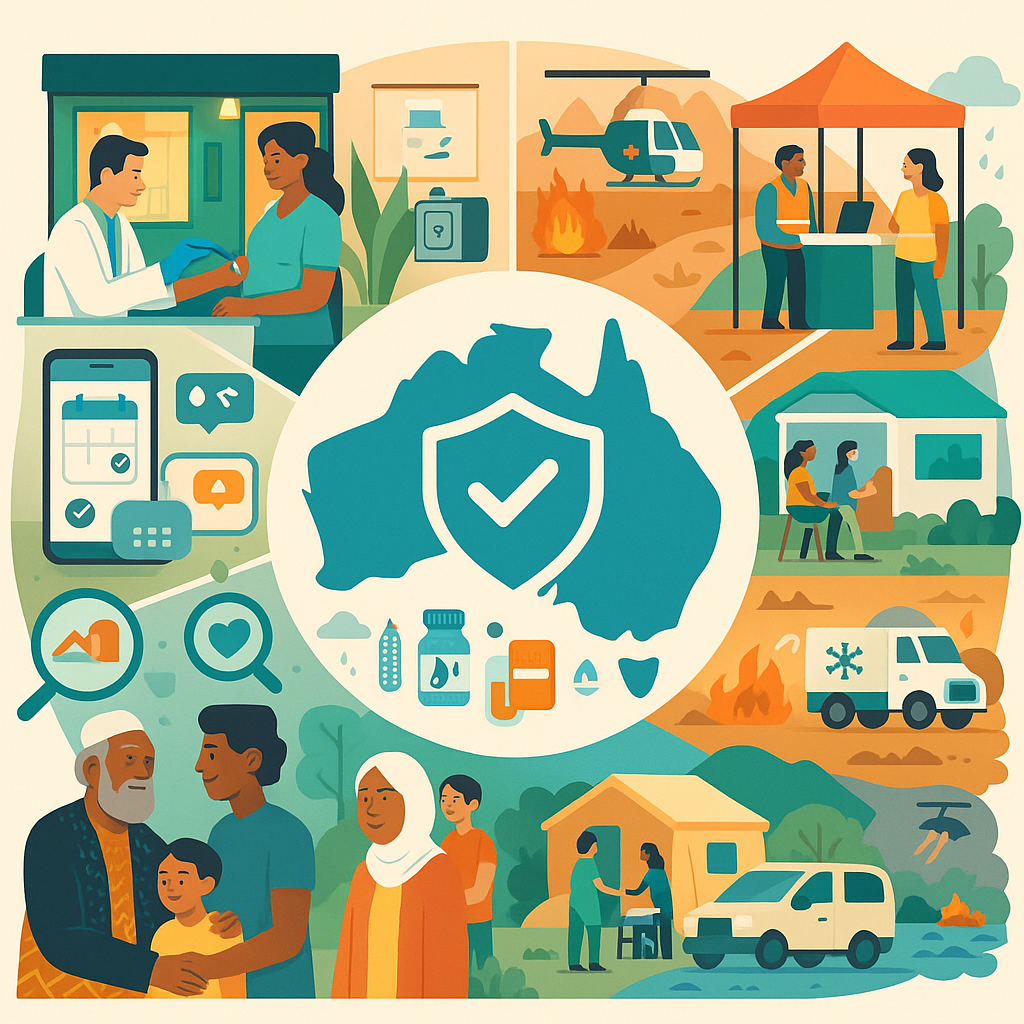Imagine a typical pathway. Maria, 79, wants to stay at home but struggles with shopping and showering after a fall. Her GP refers her to My Aged Care, triggering an ACAT assessment. Initially she receives CHSP supports—weekly cleaning, delivered meals, transport to physio, and a community social group that keeps her active. When her mobility declines, she moves to a Level 3 Home Care Package, adding personal care, nursing visits for wound care, and grab‑rails installed in her bathroom.
This consumer‑directed approach lets Maria choose a provider aligned to her preferences. She reviews their care worker roster, cultural competence, and fees. A care coordinator sets outcomes—safe mobility, medication adherence, and social engagement—and tracks progress. When Maria’s daughter needs a break, planned respite offers a week of support in a residential facility, after which Maria returns home.
For many, staying home is ideal; yet residential aged care becomes appropriate when risks escalate—frequent falls, advanced dementia, or complex medical needs. Facilities provide 24/7 supervision, allied health, meaningful activities, and tailored dining to support nutrition. Families should tour multiple homes, observing staff interactions, hygiene, activity calendars, and how the service communicates changes in health status.
Costs vary. CHSP is heavily subsidized with modest contributions. Home Care Packages involve an income‑tested care fee; residential care may include a means‑tested amount and accommodation payment options (daily payments or refundable deposits). Importantly, hardship provisions and advice services help families plan without panic.
Quality oversight has tightened since the Royal Commission. Star ratings, strengthened clinical governance, and mandated care minutes improve transparency. Providers invest in workforce development—specialist dementia training, wound care competencies, and better staff‑to‑resident ratios—because consistent staffing is linked to safer care and higher satisfaction.
Australia’s cultural diversity shapes service delivery. Interpreters, bilingual care workers, and faith‑based providers help older migrants feel understood. For First Nations Elders, culturally safe models center family, Country, and community; trusted Aboriginal Community Controlled Organizations play a vital role. In regional and remote areas, satellite clinics, telehealth, and visiting allied health reduce travel burdens.
Families can prepare by documenting preferences early: where to live, resuscitation wishes, substitute decision‑makers, and funeral plans. Keep medication lists updated, set up shared calendars, and consider technologies like personal alarms or motion sensors. Staying ahead of change—reviewing care plans after hospital admissions or sudden health shifts—keeps the focus on goals that matter: comfort, connection, and choice.



